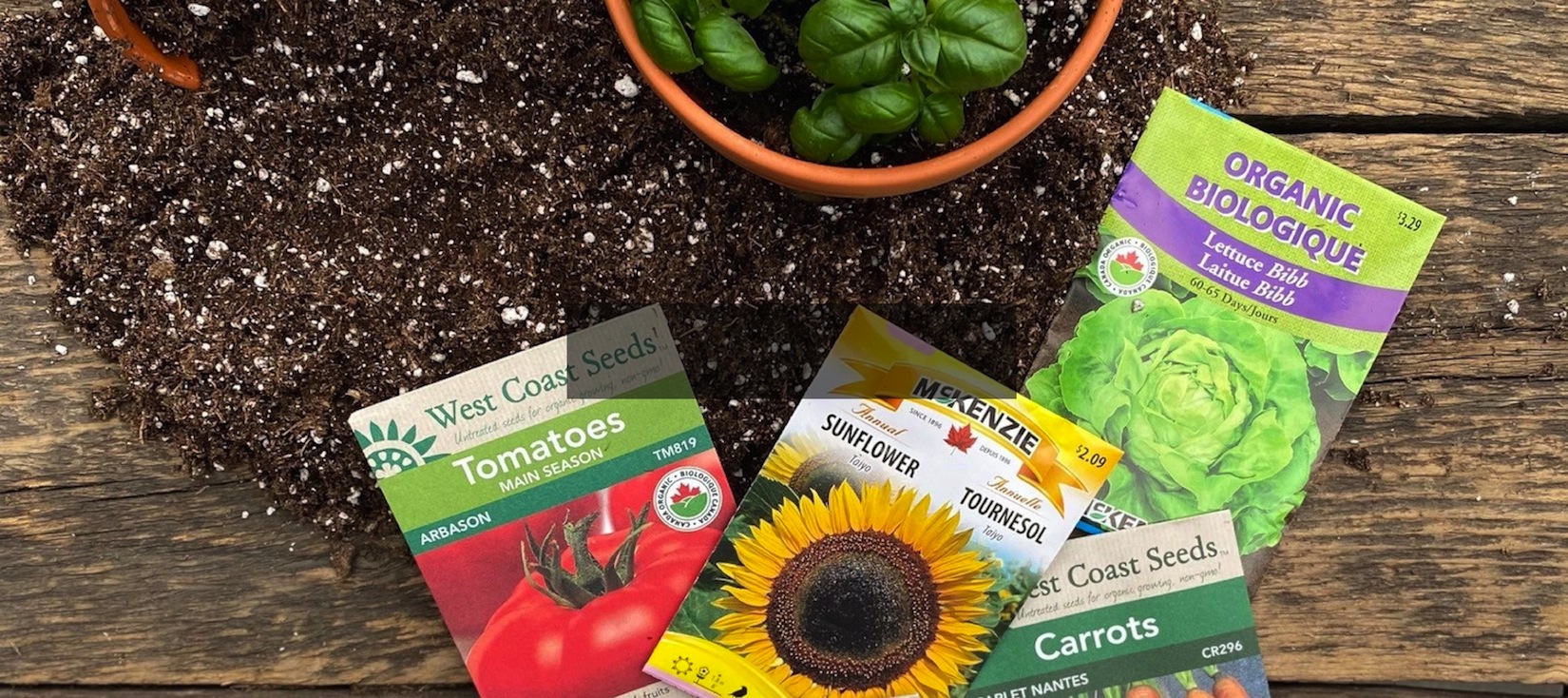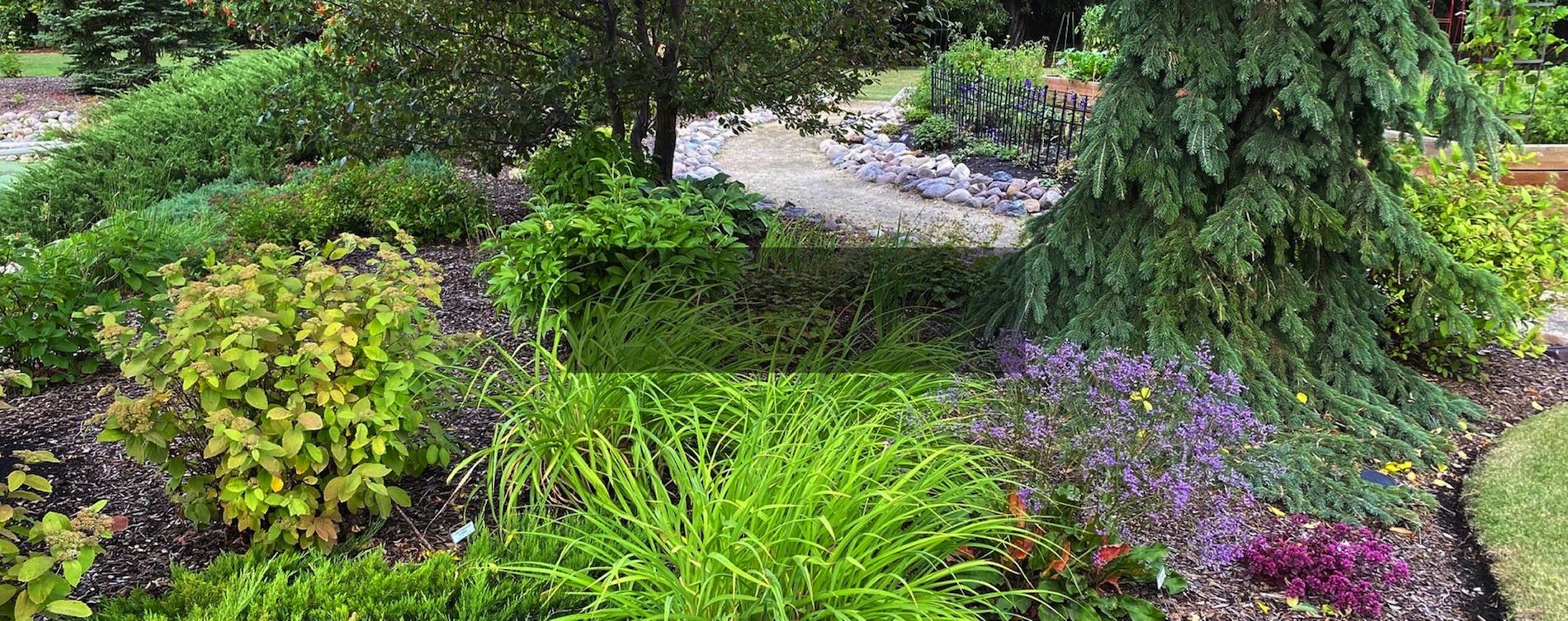Growing Amaryllis

Bulbs should be planted 8 – 10 weeks before blooms are desired. Choose a container that is about 3” wider than the width of the entire bulb (i.e. plant a 6” wide bulb in an 8-10” pot). Ensure the planter has a drainage hole.
Use a container mix suited for use indoors. Bone meal can be added to the mix to provide phosphorous. Firm the bulb and roots in well making sure that at least one half of the bulb is showing above the mix. Water the bulb in and place it in a warm spot (20 – 25ºC).
Place the bulb in the brightest spot possible. If you can give the bulb gentle bottom heat, this will help it to break dormancy. Keep the soil barely moist until growth appears. Once the bulb is in full growth, keep the potting mix moderately moist.
Bloom
Once the flower buds open, take the plant out of the warm location and move it to a cooler one. The temperature should be around 15 – 17ºC. Keep the plant out of direct sunlight for the duration of the blooming period. This will help the flowers last longer.
Post Bloom
After bloom, the bulb will be exhausted, smaller and soft. It will need at least 6 months to regenerate before blooming again.
Remove the flowers after they have faded but keep the flowering stalk and the foliage. The flower stalk and foliage will provide food energy back into the bulb. When the flowering stalk has completely withered, pull it out from the inside of the bulb. Though leaves may be limp and unattractive, it is imperative that they are not cut off.
Place the plant in an indoor location where it will receive at least 4 or more hours a day of direct sunlight (a southern exposure is best) to allow the leaves to fully develop and rejuvenate the bulb. If unavailable, then provide some supplemental artificial lighting for about 12 hours a day.
Continue to water the plant regularly keeping it moist. Water the plants weekly with 20-20-20 fertilizer. Continue caring for the bulb in this way until spring has arrived. Once danger of frost is passed, place the plant outside in full sunlight. You can sink the pots into the garden or keep them on the patio.
Place in full sun and continue watering and feeding as above. This will help mature the bulbs for the oncoming dormant period starting in August and will help the plant form the next season’s flower buds. It is very important that the plant receives sufficient light and food from the time the flowers fade until the time the dormant period is initiated.
Getting your Amaryllis to Rebloom
In August, flush out any accumulated fertilizer salts by watering plants with straight water. Water the plant thoroughly allowing the excess water to drain off. Repeat this process two or three times. Once you’ve done this, you will not feed or water the plant again until starting into growth.
Move the plant indoors to a normal room temperature and allow it to dry. Once dry place pot in a room that is about 10 – 13ºC. Plants will stay in this spot in order to allow bulbs to mature. Leaves will wither, at this time they can be cut down to a few inches. Store here for 8 – 10 weeks. Bulbs can also be stored bare root – simply remove them from the pot in August, rinse roots and store in a dry well-ventilated area (10 – 13ºC) on a wire/mesh tray.
After the storage period, potted amaryllis require the following:
- Remove bulb from pot, and carefully remove any dead roots and brush away all the soil.
- Cut off any dead material on the outside of the bulb, being careful not to disturb the healthy roots.
- Repot the bulb in the original pot with fresh potting mixture mixed with bone meal.
- Water thoroughly and place in a warm spot to start the bulb growing. If the bulb was stored bare root, follow the directions for potting up at the beginning of this article.

Waxed Amaryllis
These unique selections are encased in a special decorative wax. The bulbs can be grown anywhere you like – a windowsill, on a table, in a centerpiece – no watering required!





